Moscato d’Asti: an Italian Story
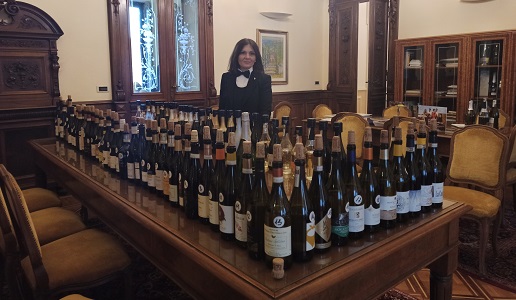
During the 20th century, this wine demonstrated that the combination of a wine, a varietal and territory was a winning one. Then some wrong policy decisions, together with the “boredom” of consumers who were always on the lookout for something new, led to this incredible wine falling into obscurity.
All Italians have known Moscato d’Asti since they were little, both as Asti Spumante or the Moscato d’Asti version, with its cork level with the top of the bottle known in Italian as “tappo raso”, and began to drink it as they got older. Unfortunately, it only seemed to come out at Christmas or Easter to pair with their traditional holiday cakes.
And yet the idea behind this wine was absolutely brilliant and totally Italian. A territorial wine and method used to make it proved that the idea of pairing a wine, a varietal and a territory was always a winning one and the wine had an enormous success in the 20th century.
The initial idea behind a wine made from a strongly aromatic grape, with bubbles, a low alcohol content and which was slightly sweet originated from a complex winemaking method to halt fermentation using linen cloth to filter the juice and keep the yeast from completing its cycle and thus lifting the alcohol level, resulting in the wine losing its gracefulness and sweetness. Another brilliant idea was to use the Martiotti Method, also known as the Charmat Method for the effervescence, which helped producers have greater and constant control of their product.
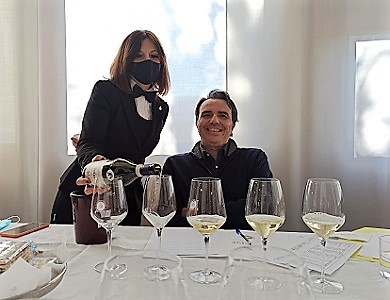
Today, technology has lent a further hand to quality and to interpret a territory through significant investments that have not affected the price of the wine too much. And yet despite the fact that a hundred million bottles are sold worldwide (especially in the United States and Britain), Asti Spumante and Asti Moscato have fallen off the radar for many wine lovers. There are various reasons for this but most of all it was due to poor choices in market placement and promotion that did not take into account the genius and circumstance that created this wine. Last but not least was the decision to push an Asti Secco (which was not even dry) as a new product, when, in reality, it was just a - useless - variant of Asti Spumante. It was all just a waste of money and only created confusion without adding any value to the wine.
Thanks to the collaboration of Director Giacomo and his staff, we recently took part in an Asti Moscato tasting at the producers’ association’s lovely headquarters in Asti. There were only 80 or so samples offered at the time but we had other tastings at our office to get a clearer idea of the quality of the wines.
We were happy to see that a lot is going on around this wine, with some very interesting and innovative ideas, evidence of an unexpected vitality on the part of producers both large and small, resulting in some very interesting products.
The creation of some Traditional Method Asti Spumante has produced a number of truly interesting results and those we tasted were very good, with great complexity in regard to both mouthfeel and bouquet. The vintages of these wines were from 2012 to 2017, which was surprising in itself for this wine.
As is usually the case, Moscato d’Asti offered the best interpretation of the territory with two principle versions. One sought great aromatic freshness by exalting scents that clearly recalled citrus notes but also had a balsamic component, scents of winter forest and wild fennel. The other, more classic version has notes of Saturn peach, orange and candied fruit. Both versions offer some top quality wines with a balance between the effervescence, acidity and sweetness that make them very eclectic wines even to cook with.
During the tastings and in some quick visits to producers, we tasted bottles that were over five years old with surprising results in regard to their fresh drinkability and bouquets that offered unexpected and fascinating complexity.
Our visits to wineries also showed us how a new version is becoming popular among young producers: a dry and still Moscato. The results are truly interesting with wines that have balanced bouquets and vertical, flavorful and persistent mouthfeels. The first versions included wines also made using wood as well as steel or as a blend of the two, thanks to the fact that there are no official regulations governing the wine’s production. Given the initial results of these first wines, our hope is that the Asti producers’ association will recognize this “territorial impetus” and protect these wines that will be important for the appellation and territory.
Here are some wines to lift your souls in these confusing times.
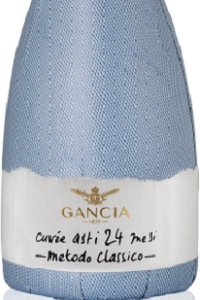 Asti Spumante Cuvée 24 mesi Metodo Classico 2012 F.lli Gancia
Asti Spumante Cuvée 24 mesi Metodo Classico 2012 F.lli Gancia
94/100 - € 25
Made from Moscato grapes. Traditional Method, 24 months on the lees and disgorged in 2020. An intense, straw-yellow color and complex aroma between acacia and wildflower honey, yellow flowers and fresh as well as candied orange and tangerine, along with light balsamic notes. The mouthfeel has a great balance between the accented sweetness that is perfectly integrated into the effervescence and has an unexpected freshness. The intense and flavorful finish remains agile and very drinkable.
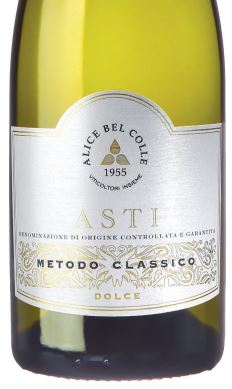 Asti Spumante Metodo Classico 2013 Alice Bel Colle
Asti Spumante Metodo Classico 2013 Alice Bel Colle
91/100 - € 18
Made from Moscato grapes. Traditional Method, 36 months on the lees and disgorged in 2020. An intense, straw-yellow color. The bouquet has notes of candied orange, lime gelatin and bergamot along with floral scents of summer pine. A fresh and mellow mouthfeel with a lovely creaminess to the effervescence and a nice acidic freshness that make it easy to drink, while the finish is intense and pleasing.
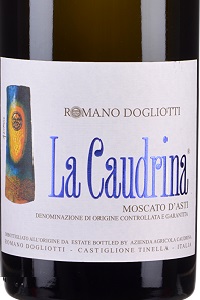 Moscato d’Asti La Caudrina 2020 La Caudrina di Renato Dogliotti
Moscato d’Asti La Caudrina 2020 La Caudrina di Renato Dogliotti
93/100 - € 12
Made from Moscato grapes. Martinotti Method. A pale yellow color with green reflections. An intriguing aroma with slightly balsamic notes, citron, lemon, tangerine and lychees. A sharp mouthfeel thanks to the freshness with an excellent balance between the sweetness and a very fine effervescence. A flavorful and vertical finish.
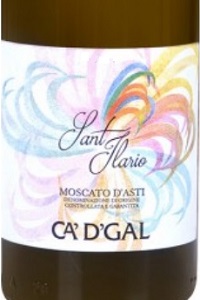 Moscato d’Asti Canelli Sant’Ilario 2020 Ca d’Gal
Moscato d’Asti Canelli Sant’Ilario 2020 Ca d’Gal
93/100 - € 19
Made from Moscato grapes. Marinotti Method. A straw-yellow color and a classic aroma of yellow flowers, Saturn peach, orange peel, also candied, and linden flower. The mouthfeel is creamy and relaxed with cheerful balances and an elegant and persistent finish.
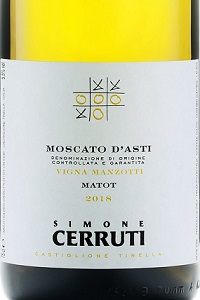 Moscato d’Asti Matot Vigna Manzotti 2018 Simone Cerruti
Moscato d’Asti Matot Vigna Manzotti 2018 Simone Cerruti
92/100 - € 20
Made from Moscato Grapes. Marinotti Method. A bold straw color and an intense and typical aroma with notes of orange blossom, fruit gelatin and winter pine. A flowing mouthfeel with an excellent balance between the sweetness and the effervescence while the persistent finish has an orange aftertaste.
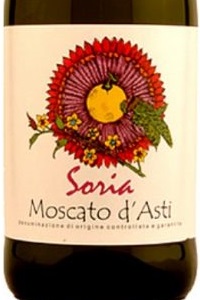 Moscato d’Asti Soria 2021 Matteo Soria
Moscato d’Asti Soria 2021 Matteo Soria
92/100 - € 10
Made from Moscato grapes. Marinotti Method. A straw color with yellow reflections. The bouquet has notes of white and yellow peach, tangerine and medlar, followed by intense white floral scents. The flavorful mouthfeel has an intense progression, with an excellent effervescence that nicely upholds the sweetness creating elegance and pleasing sensations. The finish is intense.
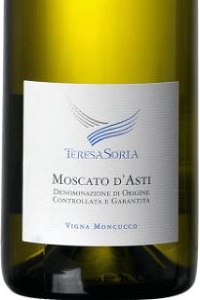 Moscato d’Asti Vigna Moncucco 2020 Teresa Soria di Emanuele Contino
Moscato d’Asti Vigna Moncucco 2020 Teresa Soria di Emanuele Contino
92/100 - € 12
Made from Moscato grapes. Marinotti Method. A pale, straw color with green reflections. A modern bouquet with light green notes of citrus, lime, citron, also candied, and Valencia orange, along with scents of summer pine and pine nuts. The mouthfeel is vertical, quick and flavorful with an excellent effervescence and a flavorful and fresh finish that traps in the sweetness.

 Italiano
Italiano




















